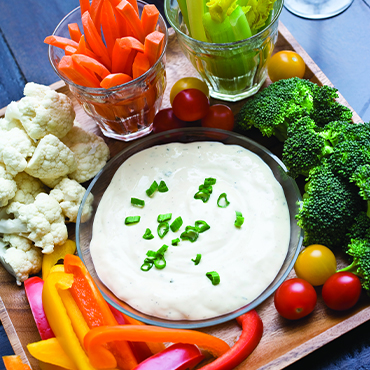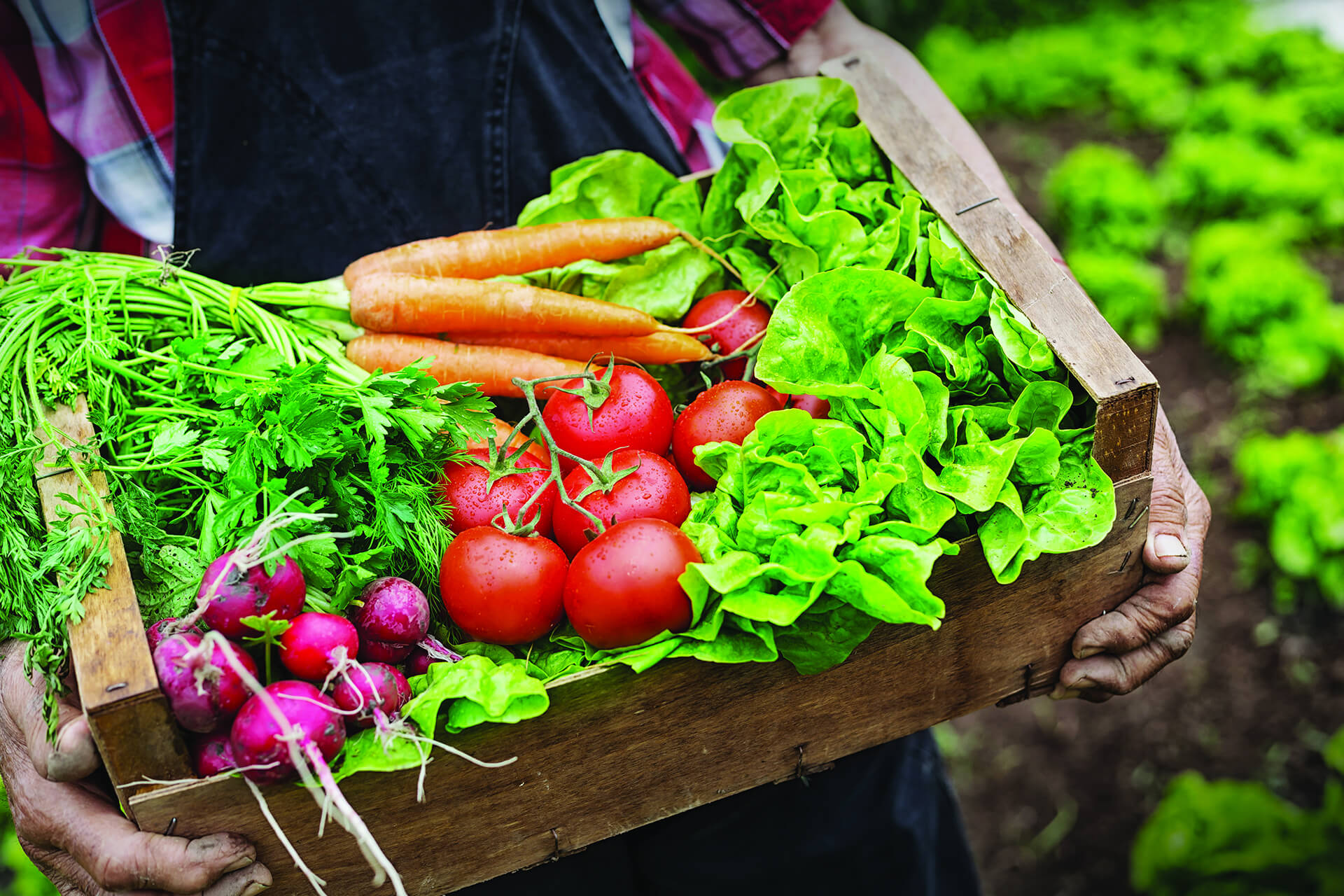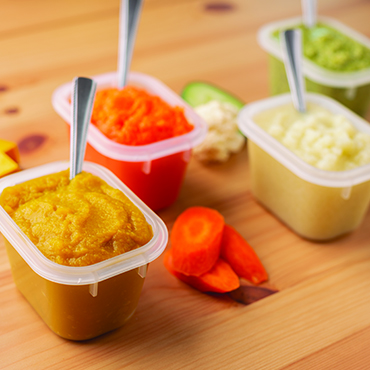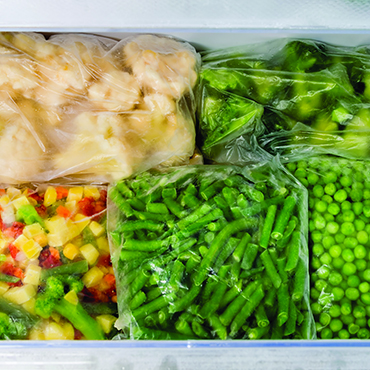Snacks with Dips
Add chopped parsley or cilantro and chives to plain yogurt and serve as a dip with radish slices, carrot strips, asparagus, broccoli, and other fresh cut-up vegetables.



There are so many ways to enjoy the colorful, flavorful and nutritional benefits of spring produce. Here are a few ideas to help make the most out of your favorite springtime fruits, vegetables, and herbs.
Add chopped parsley or cilantro and chives to plain yogurt and serve as a dip with radish slices, carrot strips, asparagus, broccoli, and other fresh cut-up vegetables.


Use root vegetables (like potatoes, carrots, and onions) and finely chopped dark green vegetables, chives and parsley to add flavor, color, and nutrients to homemade soups and stews.
For babies between 6 and 9 months of age, steam and puree cauliflower, broccoli, beets, carrots, potatoes, and other root vegetables. Peeled, pureed apricots or peaches are also great choices for first foods.


Chop chard, arugula, spinach or kale and add to stir-fry dishes. Because they cook down so much, you can actually add several cups to one dish.
If you buy more produce than your family can eat, simply chop it up, dip it in boiling water for 3 minutes, let cool, then transfer to freezer bags and store in the freezer for later use. Label the bag with the date and use within 6 months.

Side-Lying Hold
This hold is useful when:
Cross-Cradle Hold
This hold is useful when:
Clutch or “Football” Hold
This hold is useful when:
Cradle Hold
This hold is useful when:
Laid-Back Hold
This hold is useful when: